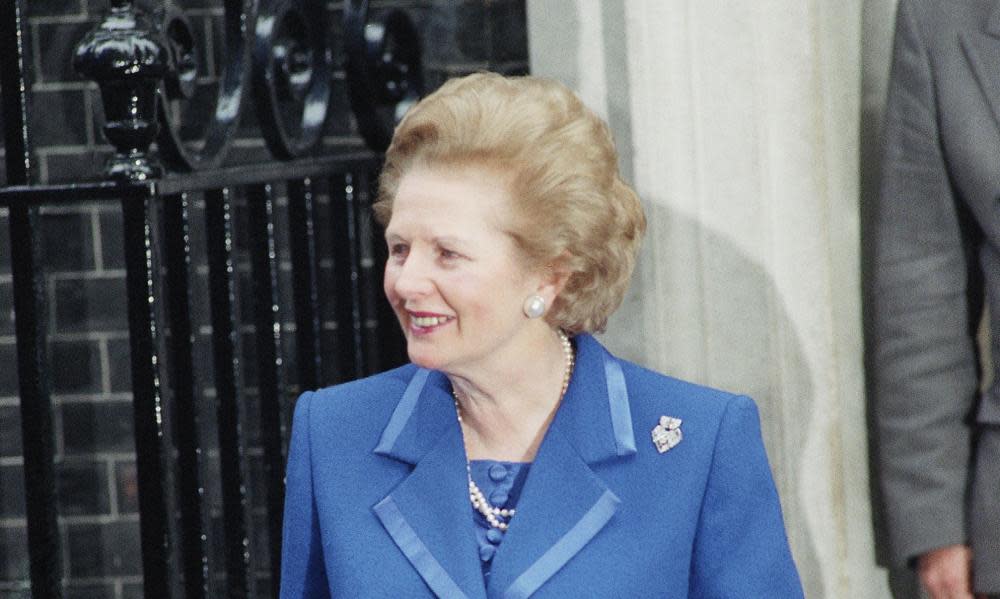What happened in previous Tory leadership challenges?

It is the Conservative leadership contest that, for anybody who witnessed it, lingers longest in the memory. Twenty-eight years ago, 11 years into her marathon premiership, Margaret Thatcher finally met her end – even though she won in the first round of voting.
The party rules were different then, but the effect was similar to now. Thatcher had to face off against a challenger who would dare to take her on. The previous year it had been backwoodsman MP Sir Anthony Meyer, but in November 1990 the prime minister was up against a politician of the front rank in Michael Heseltine.
The veteran prime minister won by 204 to 152 in the first ballot, but party rules were such that to achieve a first round knockout the winner had to be 15% ahead; the 55% to 41% margin (the rest were abstentions) was not quite enough.
At the time, the Guardian reported: “How whips got figure wrong” noting that Heseltine had expected to peak at 120 votes, not enough to force Thatcher out. What they had not banked on, was a substantial number of fence-sitting MPs, previously expected to abstain, who at the last minute voted for the challenger.
A cabinet revolt ensued. The following evening, ministers trooped into Thatcher’s office in the House of Commons to tell her, one by one, that while they, of course, would back her, she could also not win. So familiar was the refrain that a defeated Thatcher wrote subsequently: “I felt I could almost join in the chorus.”
Thatcher quit, a day later, to prevent Heseltine securing the top job, and in her final act as prime minister had some success. It was John Major, rapidly promoted and then little known, who triumphed over Heseltine and Douglas Hurd, winning in a second round ballot of MPs by 185 to 131 and 56.
It was not until the 1960s that the Conservative party allowed any democracy in the selection of its leaders, who often became prime ministers. Prior to that, leaders emerged after discussions among a “magic circle” of senior party figures; the first chosen under a system in which MPs voted was Ted Heath in 1965.
Party members first got a say in leadership contests in the middle of the last decade. The rules were revised under William Hague, and if a vacancy emerged, or a vote of no confidence in the leader was carried, MPs were allowed to whittle down candidates to two, who would then be put before the party membership.
The new rules were first used in 2001, when after three ballots, a contest between Ken Clarke and Iain Duncan Smith went to the membership. Duncan Smith, a Eurosceptic, won handsomely, with 61% of the vote, but his leadership was not a success.
Two years later, Duncan Smith, the self-styled “quiet man” of British politics, was the first party leader to be ousted via a vote of no confidence, of precisely the type that May faces now. The then leader, who is a critic of May’s Brexit deal, was easily defeated by 90 votes to 75.

 Yahoo News
Yahoo News 
